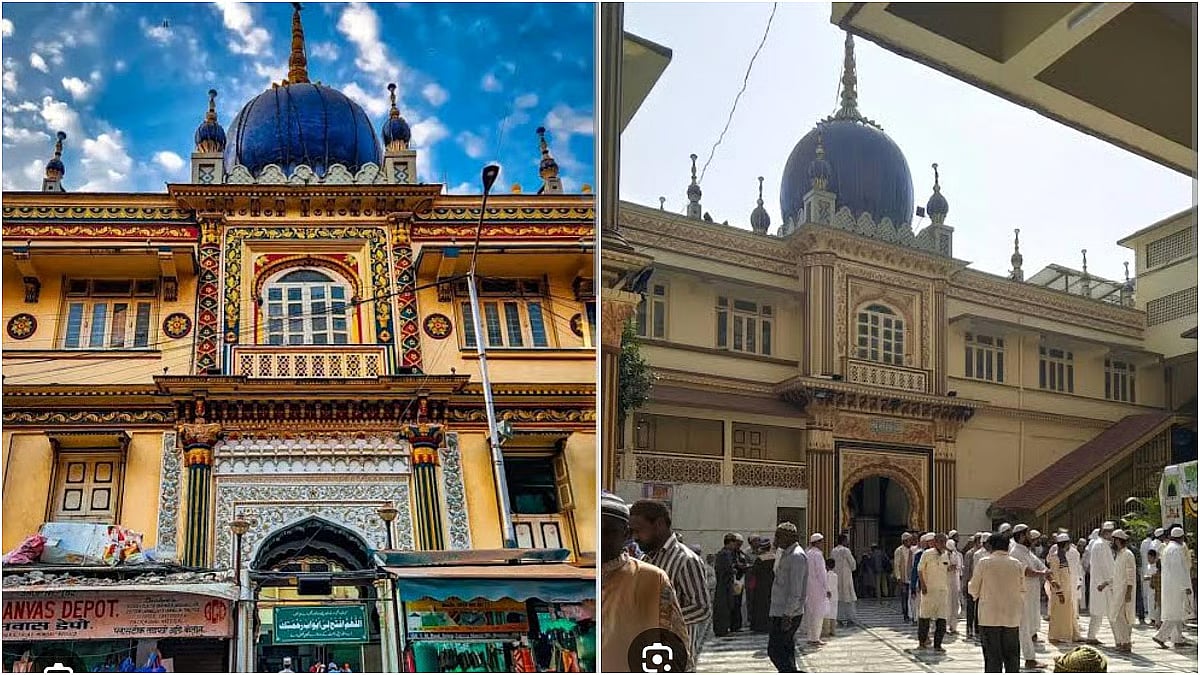The Securitisation and Reconstruction of Financial Assets and Enforcement of Securities Interest (SARFAESI) Act was created to allow banks and financial institutions to auction properties (residential and commercial) if the borrowers fail to repay the loans.
Also, it enables banks to recover their Non-Performing Assets (NPAs) without the intervention of courts. The SARFAESI Act grants the powers of 'seizure' to banks.
Under these provisions, the banks may issue notices in writing to the defaulting borrower insisting on discharge of its liabilities after 90 days of default. If the borrower fails to respond to such notice, the bank concerned may:
Take possession of the security in lieu of the loan
Sell, lease or assign the right over the security
Objectives of the Act
Efficient or rapid recovery of non-performing assets (NPAs) of the banks and FIs
To allows banks and financial institutions to auction properties (say, commercial/residential) when the borrower fails to repay their loans
Applicability of the Act
The provisions of this Act apply to outstanding loans (above Rs 1 lakh), which are classified as Non-Performing Assets (NPA). NPA loan accounts amounting to less than 20 per cent of the principal and interest are not covered under this Act.
Assets are covered under the SARFAESI Act
Any asset, i.e. movable or immovable, given as security by way of hypothecation, mortgage, or creation of a security interest in any other form.
Rights of Borrowers
The borrowers can at any time remit the dues and avoid losing the security before the sale is concluded
Where any illegal act is done by the Authorised Officer, he / she will be subject to penal action
The borrowers will be allowed to get compensation for the defaults of an officer
For rectifying the grievances,the borrowers can approach the DRT
Methods of Recovery under the Act
The Act makes provisions for three methods of recovery of the NPAs, which includes:
Securitisation
Asset reconstruction
Enforcement of security without the interruption of the court
Securitisation
Securitisation is the process of issue of marketable securities backed by a pool of existing assets such as auto or home loans. After an asset is converted into a marketable security,it is sold. A securitisation company or reconstruction company can raise funds from only theQIB (Qualified Institutional Buyers) by forming schemes for acquiring financial assets.
Asset reconstruction
Asset reconstruction empowers the asset reconstruction companies in India. It can be performed by means of managing the borrower's business by acquiring it, by selling a partial or whole of the business or by the rescheduling of payments of debt payable by the borrower by the provisions of the Act.
Enforcement of security without the intervention of the court
Issue notices to any individual whohas obtained any of the secured assets from the borrower to surrender the due amount to the bank
Claim any debtor of the borrower to pay any sum due to the borrower
Register of transactions
A register (Central Register) is maintained both in electronic and non electronic form at the head office of the Central Registry for holding the particulars of the transactions including the creation and payment of security interest relating to securitisation and reconstructionof financial assets.
SARFAESI Act & NBFCs (Non-Banking Financial Companies)
NBFCs with asset size of Rs 100 crore or more are eligible NBFCs that are covered under the SARFAESI Act to enforce security interest ondebts amounting to at least Rs 20 lakh.
(The writeris aVile Parle-basedsocial activist)









